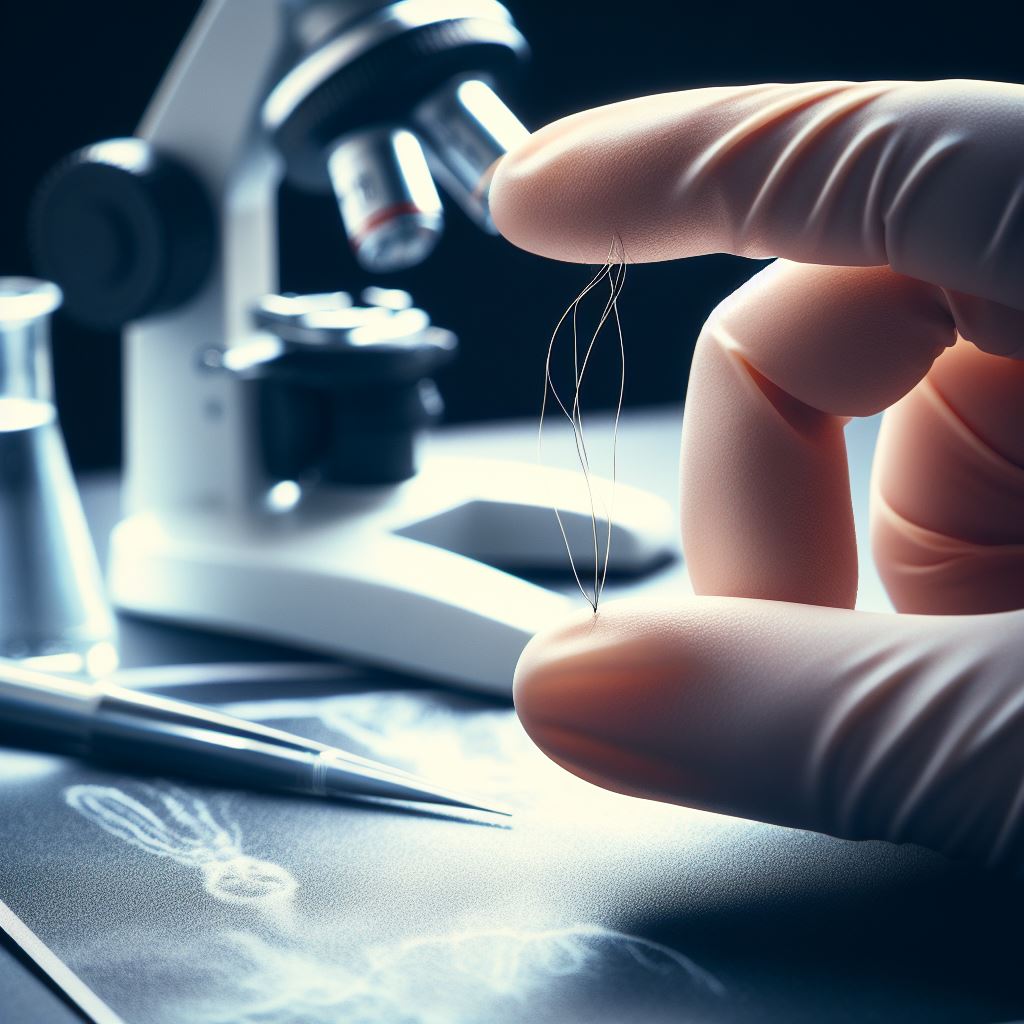In scientific and measurement contexts, “accuracy” refers to the degree of proximity or closeness between a measured value and the true or actual value of the measured quantity. Accuracy indicates how well a measurement reflects the correct value. Here are key points about accuracy:
- True Value: Accuracy assesses how closely a measurement or reading corresponds to the true, known, or accepted value of the quantity being measured. It is a measure of correctness.
- Error Measurement: The degree of accuracy is often expressed in terms of measurement error, which is the difference between the measured value and the true value. An accurate measurement has a minimal error.
- High Accuracy: A measurement or instrument is considered highly accurate when its readings are very close to the true value, with minimal or negligible error.
- Precision vs. Accuracy: Accuracy should not be confused with precision. Precision relates to the reproducibility and consistency of measurements. While accuracy addresses correctness, precision addresses how closely repeated measurements agree with each other.
- Example: If a laboratory balance measures the weight of a sample as 4.55 grams, and the actual weight of the sample is indeed 4.55 grams, the measurement is considered accurate.
- Error Sources: Errors in measurements can arise from various sources, including instrument calibration, environmental conditions, operator technique, and inherent limitations of the measurement device.
- Accuracy Assessment: To assess accuracy, calibration processes and standardization procedures are often employed to ensure that measurement instruments are correctly aligned with known reference standards.
- Quantitative Evaluation: Accuracy can be quantitatively evaluated by calculating the absolute or relative error, which expresses the difference between the measured value and the true value as a percentage or a fraction.
- Importance: In scientific research, quality control, manufacturing, and various fields, accuracy is essential for making informed decisions, ensuring product quality, and achieving reliable and credible results.
- Measurement Instruments: The accuracy of measurement instruments is a critical consideration in fields such as metrology, engineering, chemistry, and physics, where precise and accurate measurements are vital.
- Verification and ValidationValidation, often referred to as method validation, is a crucial process in the laboratory when introducing a new machine, technology, or analytical technique. It involves a series of systematic steps and assessments to ensure that the new method is reliable, accurate, and consistent in generating valid results. Here are key points about validation and method validation: • Introduction of New Methods: Validation is typically required when a laboratory introduces a new analytical method, instrument, or technology for testing, measurement, or analysis. This can include techniques like chromatography, spectrophotometry, or molecular assays.
• Verification of Performance: The primary goal of validation is to verify that the new method or technology performs as expected and consistently provides accurate and reliable results.
• Validation Procedure: The specific validation process can vary depending on the nature of the method or technology being validated. However, it typically involves a series of well-defined steps and criteria.
• Known Samples: One common validation aspect is running known samples, often called validation or control samples. These samples are carefully selected, prepared, and analyzed using the new method.
• Portfolio of Results: The results obtained from analyzing known samples are compiled into a portfolio or dataset. This dataset is examined and subjected to various statistical and analytical assessments.
• Performance Evaluation: During the validation process, the method's performance is evaluated based on criteria such as accuracy, precision, specificity, sensitivity, linearity, and robustness. These criteria may vary depending on the type of analysis being conducted.
• Acceptance Criteria: Acceptance criteria are established before validation begins. These criteria define the minimum acceptable performance levels the new method must meet for validity.
• Documentation and Reporting: Rigorous documentation is a key aspect of validation. All aspects of the validation process, including procedures, results, and any deviations from acceptance criteria, are thoroughly documented and reported.
• Time-Consuming Process: Method validation can be time-consuming, especially when working with large numbers of known samples. The process may involve the analysis of tens or even hundreds of samples.
• Regulatory Requirements: In regulated industries such as pharmaceuticals, food safety, and clinical diagnostics, validation is often a mandatory requirement to ensure compliance with regulatory standards and guidelines.
• Implementation: Once a new method successfully passes validation and meets the defined acceptance criteria, it can be implemented into the laboratory's routine procedures for analysis.
• Continuous Monitoring: After implementation, ongoing monitoring and quality control measures are essential to ensure that the method continues to perform reliably over time.
In summary, method validation is a rigorous and systematic process used to assess the performance and reliability of a new analytical method, instrument, or technology in the laboratory. It involves the analysis of known samples, documentation of results, and adherence to acceptance criteria to ensure that the method is fit for its intended purpose and consistently produces valid data. More: To ensure the accuracy of measurements and instruments, verification and validation processes are often carried out, including testing and comparing results against reference standards.
In summary, accuracy in measurement refers to the degree of closeness between a measured value and the true or actual value of the quantity being measured. It is a fundamental concept in scientific research, quality control, and various industries where precise and reliable measurements are essential for making informed decisions and ensuring the quality and integrity of processes and products.



